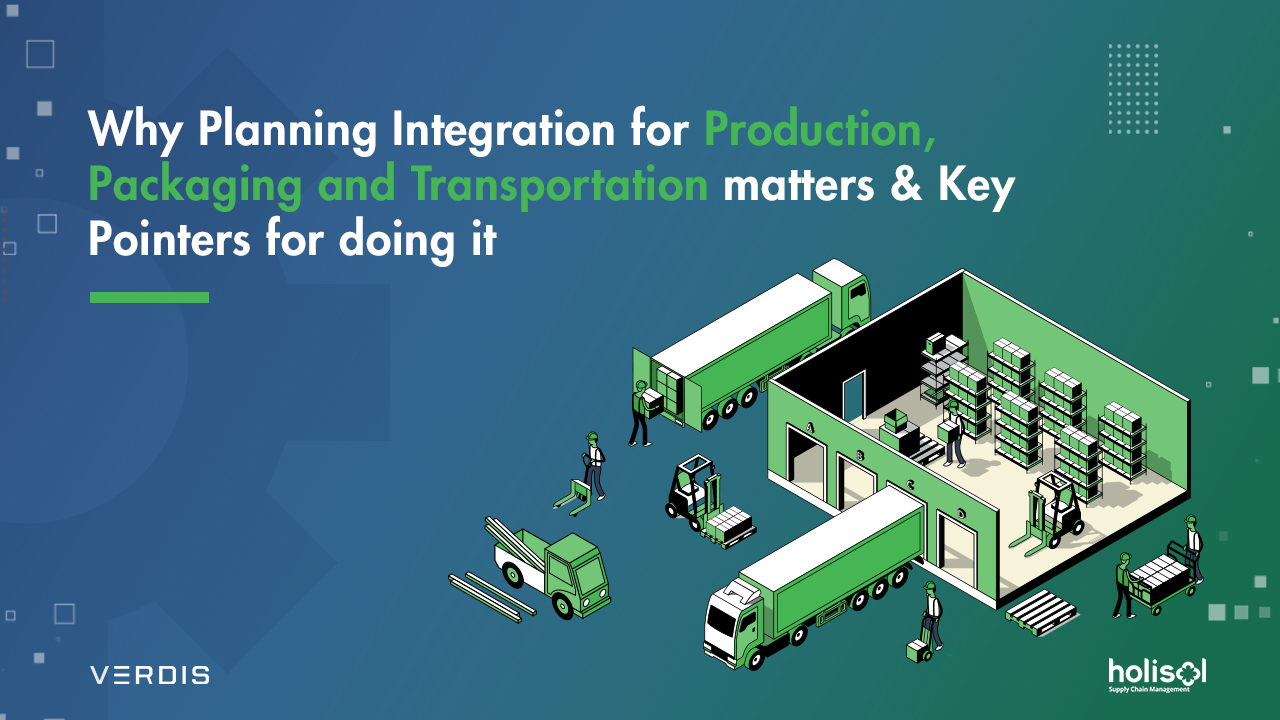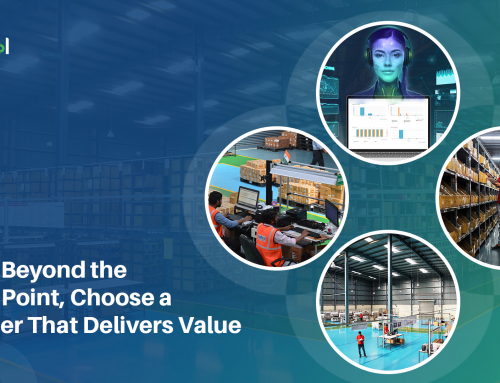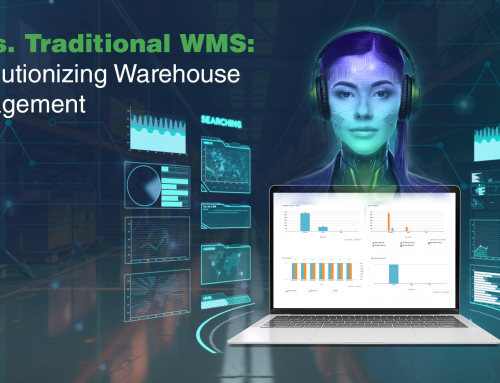The path to high productivity in supply chain management often requires a fundamental shift in how business is conducted. In the supply chain, the product journey starts at component/raw material procurement, followed by production, packaging, and then transportation to a dealer or the end customer for consumption. Usually, the planning for these processes occurs in silos with little coordination in between – a practice that creates several inter-process bottlenecks. These bottlenecks drive costs and performance pressures. To prevent these bottlenecks and the resulting stresses, the planning approach should emulate the on-ground realities of the supply chain.
To this end, an integrated planning approach to production, packaging, and transportation serves as an answer.
Planning integration leverages cross-process information sharing and visibility, collaboration, and management of process workflows to reach common goals. In the case of production, packaging, and transportation, each process imposes unique requirements on the other. For instance,
- production sequences may need to be planned as per lot sizing or order consolidation requirements, or
- transportation schedules may need to be adjusted due to production stoppages.
These dependencies often arise from cost or lead time considerations.
When planning is integrated, these process dependencies are incorporated at all levels of planning, whether when allocating capacities or scheduling operations, such that products can be delivered to the customer in the right time and the right cost.
Why Integration Matters
Several positive outcomes are achieved through planning integration.
- Lowering of Lead Time. Reducing lead times is crucial for businesses today as it not only improves customer service and retention but also saves money. Through planning integration, the right allocation of resources can occur across processes, keeping in mind the unique capacity constraints of each environment, such that delivery commitments are met in full and within the right time.
- Reduction of Cost. Businesses can meet customer expectations as well as turnaround targets without incurring excessive costs through planning integration. For instance, companies can schedule production and packaging such that it allows time to consolidate different shipments or take slower transportation modes for lower costs.
- Prevention of waste. Each process imposes unique stresses on the other. For instance, production schedules with unfavourable production sequences may lead to inefficient order consolidation. Further, transportation limitations may lead to idle inventory and therefore space, labour, and capital waste for holding that inventory. Planning that implements the specific requirements of all processes ensures that planning occurs in a way that minimizes the waste of resources.
- Reduction of Inventory. A decoupled production, packaging, and transportation process operating with little coordination implies that the product, after manufacturing, spends longer time in the supply chain. This leads to high holding costs and greater lead times. With integration and depending on the order processing requirement, companies can push for the same-day production, packaging, and dispatch of finished products from their facilities, thereby minimizing the time the product spends in the supply chain.
- Decision Support. In a disjointed production-transportation planning, high-level decision-making is largely based on projections, leading to the high variability of outcomes. With integration, due to the resulting visibility and determinism of lead time and costs, decision-making is supported with accurate feedback.
Integration Requirements
Despite its merits, planning integration is often considered a difficult feat. This is because integration involves a radical approach to management that is not generally considered feasible.
For integration to work, the following requirements should be addressed-
- Cross-functional collaboration. Due to the unique requirements and restrictions of each process, collaboration and coordination are crucial to integration and should be aided with process visibility and data sharing. With a clear view of ongoing operations, a delay in one schedule, for instance, could be easily managed by aligning the other.
- Complexity Management. Every supply chain process is complex. For a major supply chain, operating with multiple plants, assembly lines, packaging lines, diverse production and packaging rules and criteria, transportation routes and modes of dispatch, etc. the complexity of planning can be very high.For integration to succeed, planning should be able to integrate all process requirements and weigh multiple variables such that one or more objective functions are fulfilled. This requires the analysis of the complete data spaces of production, packaging, and transportation, and therefore, an innovative approach to complexity management.
- Standardized Efficient Planning. For decoupled processes, it is customary to have several planning systems in place. For instance, production allocation may be undertaken using software whereas scheduling may be managed in spreadsheets. As siloed planning prohibits collaboration and visibility, a standardized planning system needs to be deployed which is integrated with all relevant data flows. This shift, from fragmentation to unification, is an important requirement for integration. Further, such a system must ensure data accuracy and provide efficient, fast, and on-demand planning satisfying organizational objectives across time horizons.
Optimized Production-Packaging-Transportation Planning
The approach to planning integration, which fulfils the requirements stated above, is one that involves the utilization of data intelligence, in particular AI/ML capabilities.
An integrated planning platform for production, packaging, and transportation incorporates all ecosystem variables and constraints, including production rules and allocation priorities, packaging specifications, lot sizes, transport routes, carrier capacities, etc. This creates a high-fidelity data space, wherein AI-based optimization algorithms can be deployed to generate the plans that offer the highest optimality for the desired objective function(s) – cost minimization, lead time reduction, or maximum order fulfilment.
For instance, AI products like Verdis Production Planning and Control (PPC) offer optimization planning for a multi-plant, multi-assembly, multi-product production environment across different time horizons. Planning integration for production, packaging, and transportation in Verdis PPC occurs as-
- Verdis PPC prescribes capacity allocation jointly for production and packaging. The output can then be used for transportation scheduling and routing to enable a short turnaround time.
- The AI optimization algorithm utilized in Verdis PPC ensures both maximum order fulfilment and cost reduction for production, packaging, and transportation. Further, since planning is completed within a few hours, ecosystem changes or disruptions are easier to manage. This makes planning highly efficient against all scenarios.
The Desired Boost
The planning for production, packaging, and transportation have traditionally been undertaken independently and without coordination. However, given the high cost-saving and improved customer-service potential of integration, businesses must attempt to reimagine their planning approach. Although the specific requirements for integration are complex, technology adoption, especially AI/ML can bring immense benefits and give the desired boost to businesses for long-term growth.









